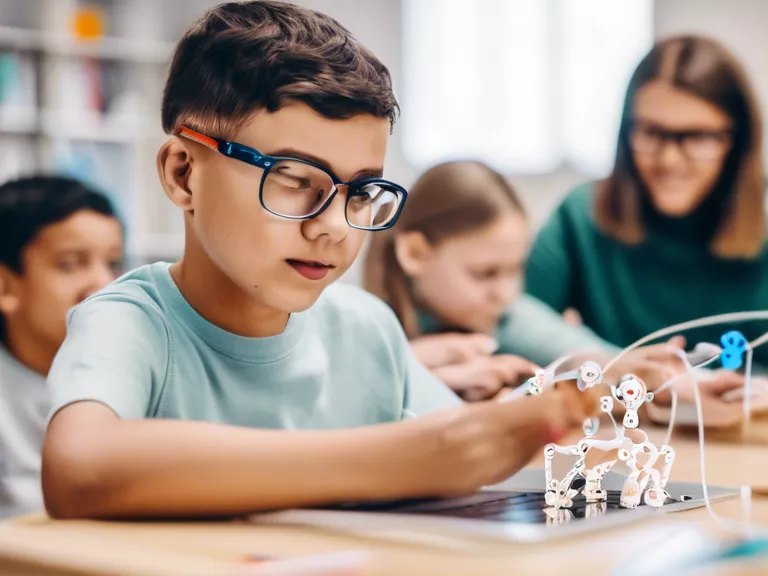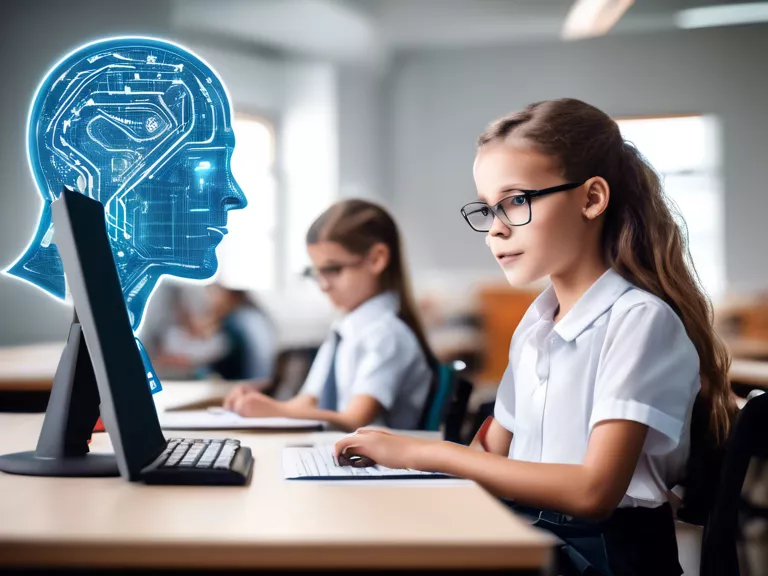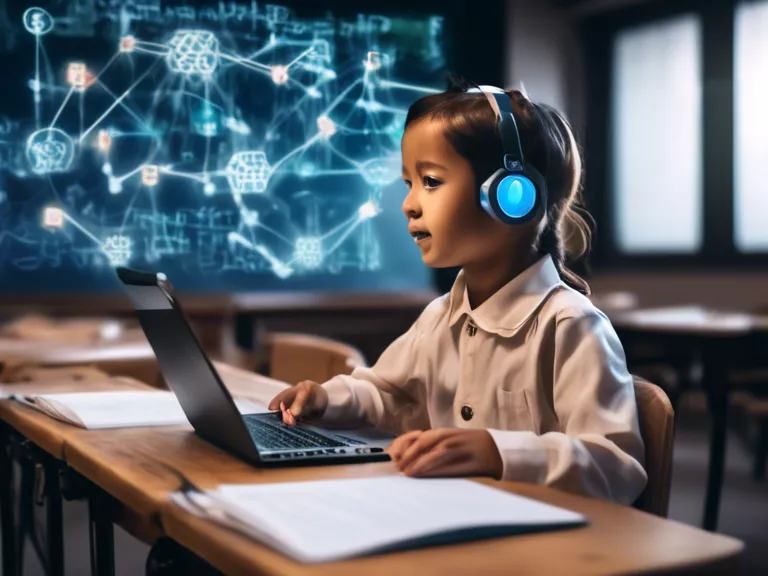
In the age of remote learning, digital whiteboards have emerged as a powerful tool for enhancing collaboration among students and educators. These virtual platforms mimic the traditional whiteboard experience while offering additional features that foster engagement and interactivity. From real-time collaboration to interactive activities, digital whiteboards are revolutionizing the way students learn and participate in online classrooms.
One of the key advantages of digital whiteboards is the ability to facilitate real-time collaboration among students and teachers. With features like multi-user support and live editing, students can work together on projects, solve problems, and brainstorm ideas as if they were in the same physical space. This level of interactivity helps to promote teamwork and communication skills, which are essential in today's collaborative work environments.
Another benefit of digital whiteboards is the wide range of multimedia tools available to enhance the learning experience. Students can access videos, images, and audio clips directly within the whiteboard interface, making lessons more engaging and interactive. Educators can also use these tools to create dynamic presentations and demonstrations, keeping students focused and interested throughout the lesson.
Digital whiteboards also offer opportunities for more personalized and differentiated instruction. Teachers can tailor lessons to meet individual learning styles and provide targeted feedback to students in real-time. This level of customization helps to ensure that each student receives the support they need to succeed, regardless of their learning preferences or abilities.
Furthermore, digital whiteboards make it easy to save and share notes, drawings, and other materials with students, ensuring that everyone has access to important information both during and after the lesson. This feature promotes collaboration outside of class time and allows students to review materials at their own pace, further enhancing the learning process.
Overall, digital whiteboards are transforming the remote learning experience by enhancing collaboration and interactivity among students and educators. With their real-time collaboration features, multimedia tools, and personalized instruction capabilities, these virtual platforms are helping to create engaging and dynamic learning environments in today's online classrooms.



